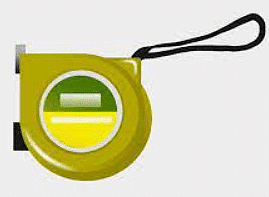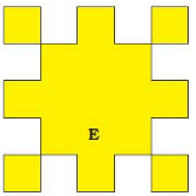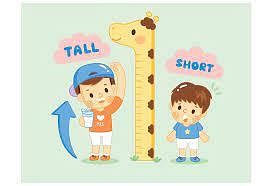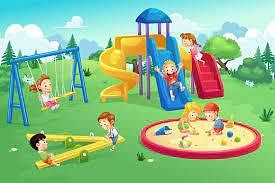Worksheet: Long and Short - 2 | Mathematics for Class 4: NCERT PDF Download
Q1: Multiple Choice Questions (MCQs).
(i) 1 km = ______ metres
(a) 10
(b) 100
(c) 1000
(ii) ¾ of 1 km = ______ metres
(a) 750
(b) 500
(c) 250
(iii) 5000 metres = ______ km
(a) 5
(b) 50
(c) 500
(iv) 1 metre = ______ cm
(a) 10
(b) 100
(c) 1000
(v) Half metre = ______ cm
(a) 5
(b) 50
(c) 200
Q2: Fill in the blanks.
(i) 8m 95 cm = _____ cm.
(ii) Two and half metres = _____ cm.
(iii) 940 metres is ______ than 1km.
(iv) Length of a laptop is measured in _____.
(v) 5 metre more than half of 8 metre is _____.
Q3: Answer the following Questions.
(i) Find the difference between 35 km 300m and 23 km 150m?
(ii) Find the length of the boundary of a square of side 50m?
(iii) Height of Manu is 236 cm. This is just double of Soma’s height. How tall is Soma?
(iv) The height of Raju is 93 cm and his father’s height is 172 cm. Find the difference between their heights?
(v) Distance covered to complete one round of the park is 500m. Find the distance covered to complete 7 rounds of the park?
You can access the solutions to this worksheet here.
|
25 videos|123 docs|39 tests
|
FAQs on Worksheet: Long and Short - 2 - Mathematics for Class 4: NCERT
| 1. What are the main characteristics that differentiate long and short objects? |  |
| 2. How can I measure the length of an object accurately? |  |
| 3. In what situations would I prefer using long objects over short ones? |  |
| 4. Are there any common examples of long and short objects in everyday life? |  |
| 5. How does the length of an object affect its functionality? |  |

|
Explore Courses for Class 4 exam
|

|

















